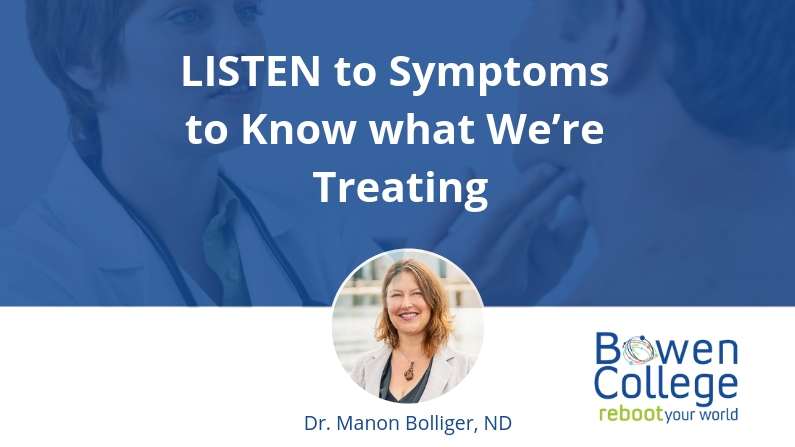My last post recounted an experience with an MS patient who seemed to prefer her disease to being cured because of the greater attentiveness and intimacy she felt it stirred in her husband. Not all patients will be so clear about their unconscious driving forces, but they still have such forces at work. When they seek help, what is the most beneficial approach? It became clear to me that the “solution” had to reflect the “problem,” otherwise it would be ineffectual.
This patient’s problem was her attachment to the positive effects of her inability to look after others. She was using the consequences of the disease to achieve her stated goal. It seems clear that if she had been offered one of the many experimental drugs for MS, her situation would still be the same – she would never comply, and so the specificity of the treatment would miss the mark.
The dynamic at work here might be illustrated by another MS patient. This was a woman who developed the disease after falling from a horse and breaking her ankle. After several BowenFirst™ treatments she was free of her MS symptoms, but her ankle started acting up for the first time since her surgery. I proceeded to treat her again, addressing this old injury. What she said then had a huge impact on my practice and healing approach: her ankle “needed to be heard,” and that’s why it acted up. Her cure would not be complete until the original step of the spiral was addressed.
All three examples in the previous posts teach the same lesson. Effective treatment must recognize and address the subjective meaning patients attach to symptoms. In my next post, I will discuss the “objective” aspect of the SOAP formula.









